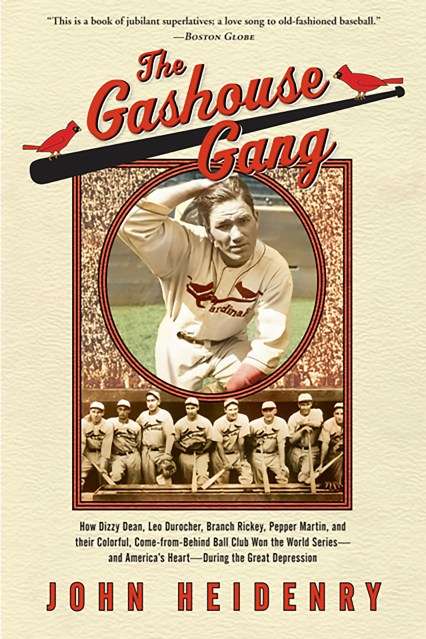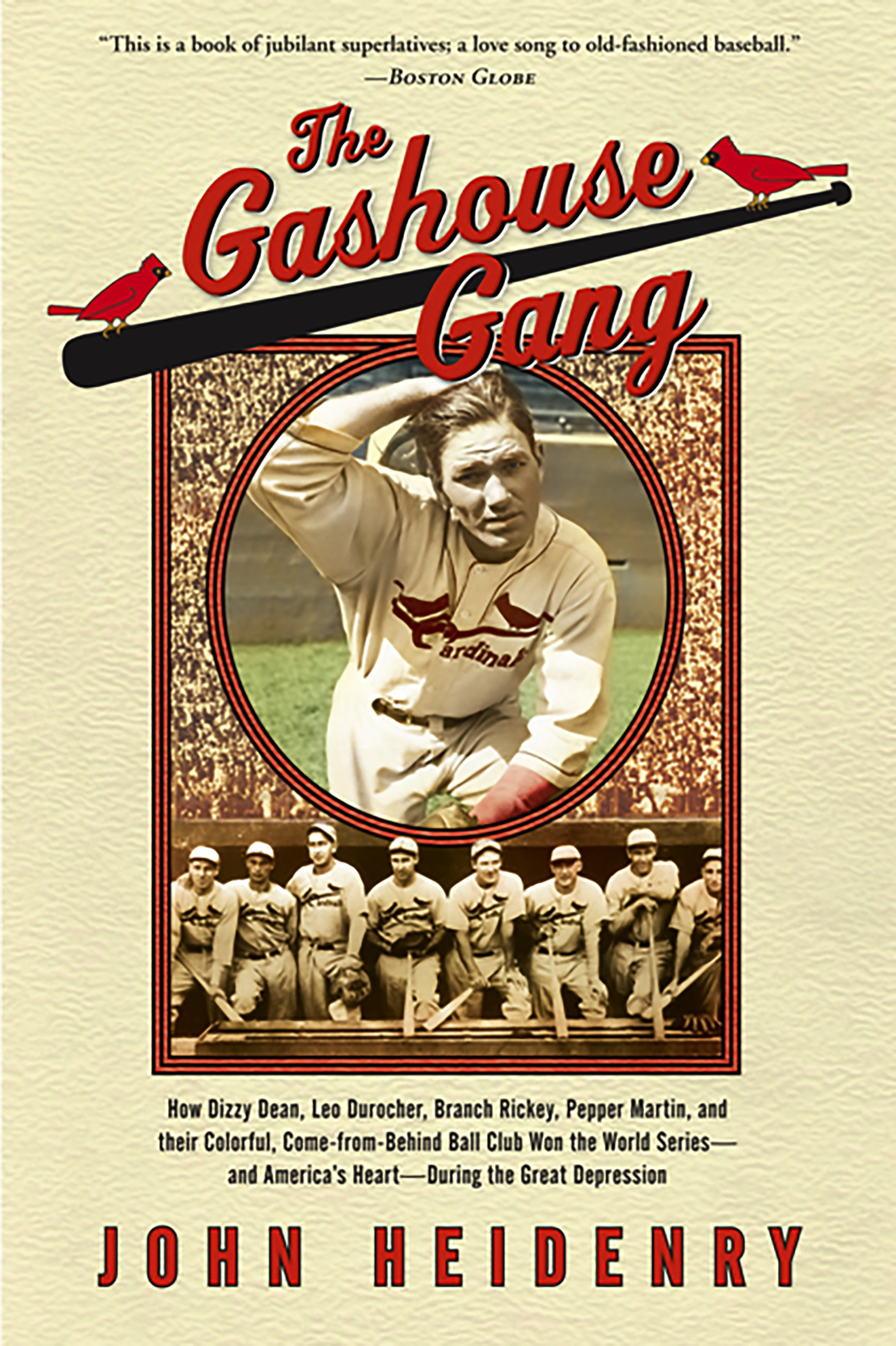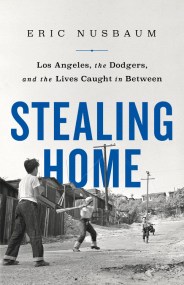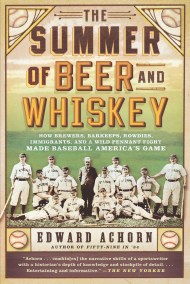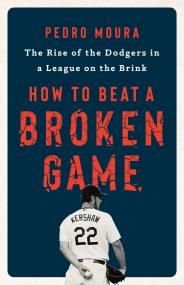Promotion
Use code MOM24 for 20% off site wide + free shipping over $45
The Gashouse Gang
How Dizzy Dean, Leo Durocher, Branch Rickey, Pepper Martin, and Their Colorful, Come-from-Behind Ball Club Won the World Series-and America’s Heart-During the Great Depression
Contributors
Formats and Prices
Price
$21.99Price
$28.99 CADFormat
Format:
- Trade Paperback $21.99 $28.99 CAD
- ebook $11.99 $15.99 CAD
This item is a preorder. Your payment method will be charged immediately, and the product is expected to ship on or around April 29, 2008. This date is subject to change due to shipping delays beyond our control.
Also available from:
The year 1934 marked the lowest point of the Great Depression, when the U.S. went off the gold standard, banks collapsed by the score, and millions of Americans were out of work. Epic baseball feats offered welcome relief from the hardships of daily life. The Gashouse Gang, the brilliant culmination of a dream by its general manager, Branch Rickey, the first to envision a farm system that would acquire and “educate” young players in the art of baseball, was adored by the nation, who saw itself — scruffy, proud, and unbeatable — in the Gang.
Based on original research and told in entertaining narrative style, The Gashouse Gang brings a bygone era and a cast full of vivid personalities to life and unearths a treasure trove of baseball lore that will delight any fan of the great American pastime.
Genre:
- On Sale
- Apr 29, 2008
- Page Count
- 352 pages
- Publisher
- PublicAffairs
- ISBN-13
- 9781586485689
Newsletter Signup
By clicking ‘Sign Up,’ I acknowledge that I have read and agree to Hachette Book Group’s Privacy Policy and Terms of Use
